Backyard Chickens
Tools for Possibilities: issue no. 85
Once a week we’ll send out a page from Cool Tools: A Catalog of Possibilities. The tools might be outdated or obsolete, and the links to them may or may not work. We present these vintage recommendations as is because the possibilities they inspire are new. Sign up here to get Tools for Possibilities a week early in your inbox.
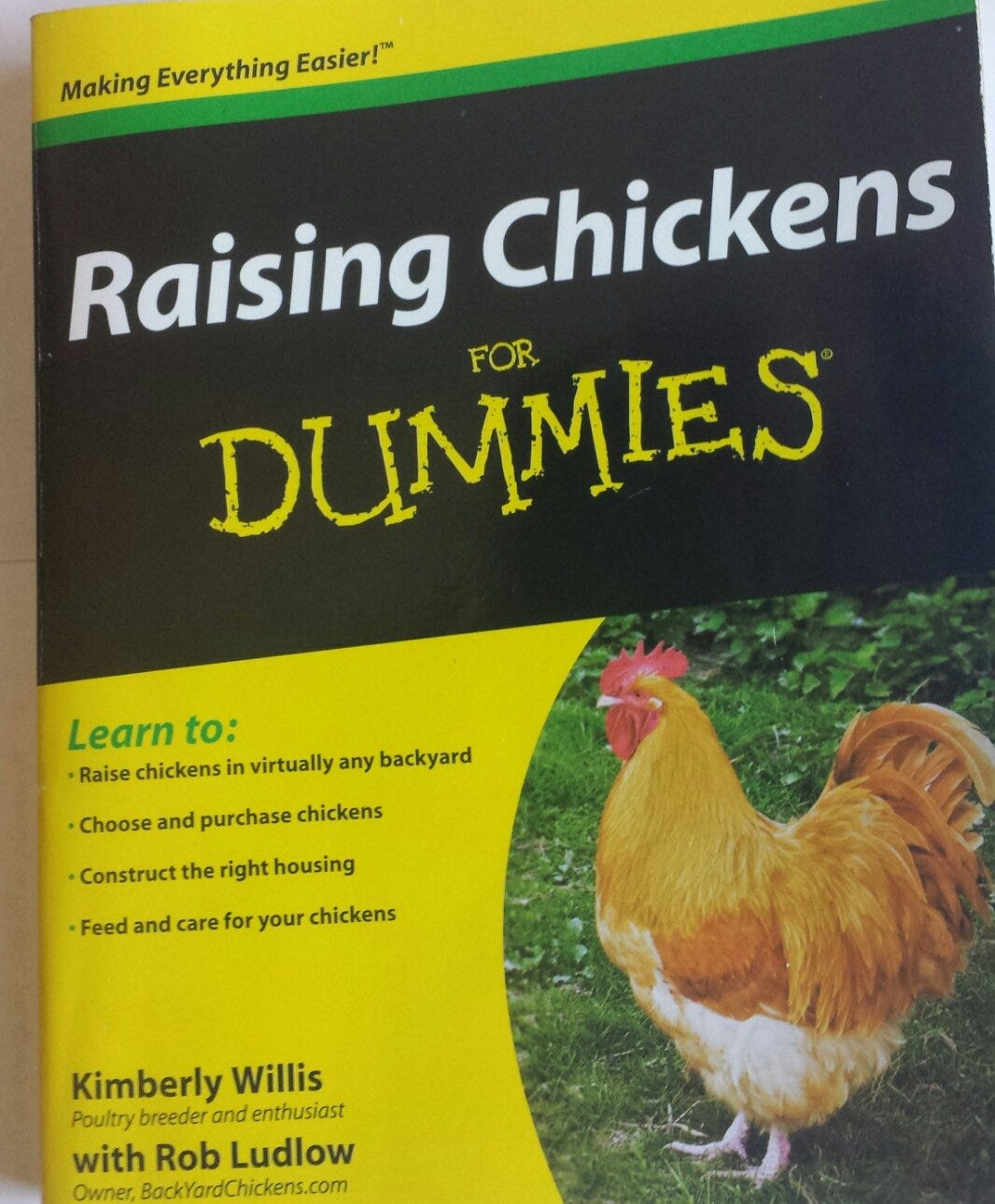
Best for backyard beginners
A few years ago we decided to join the growing backyard chicken movement. We knew zero about chicken raising. We were interested in keeping a handful of hens for eggs, so we didn’t want info on raising flocks of them (how many eggs can you eat a day?). I read every book for backyard beginners I could find, and after studying ten of them, the one that was most helpful to us was Raising Chickens for Dummies. It did the best job of anticipating our questions for a low-rent minimal approach. For instance, we had no desire to be cleaning chicken-shit every week, and we opted for deep bedding in the coop, a tip suggested by the book.
We’ve had chickens for two years now, and the book is still answering questions. The author runs a website, Back Yard Chickens, that has very active forums where you can ask other backyarders questions not found in his book. The site’s albums of photos of homemade coops proudly posted by members is very helpful and inspirational.
If you decide to graduate to larger flocks I would point you to the previously recommended book Storey’s Guide to Raising Chickens, which is extremely comprehensive, but often more than a beginner needs.
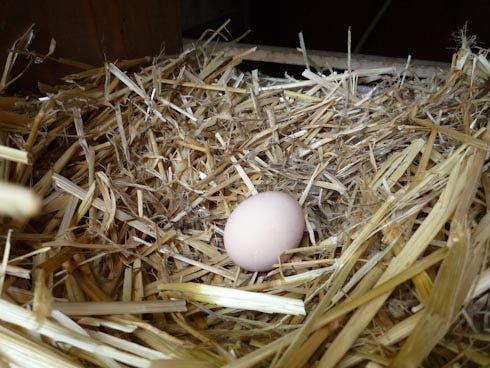
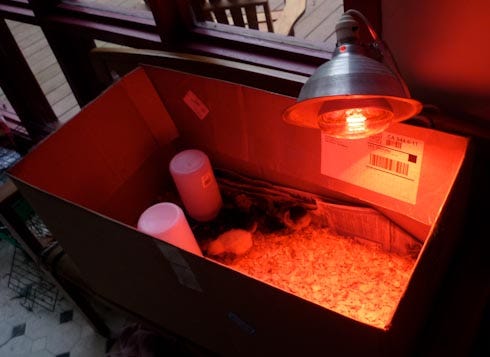
BTW, I was initially skeptical I would be able to tell a difference with backyard eggs, but it’s true. Backyard eggs do taste better; they are more…well…eggy. However, they won’t be cheaper, even if you don’t count your time. We kept our initial costs down by constructing a coop from scraps from a building site in the neighborhood (after asking permission). We had to buy the screening, which is double layered at the bottom (another book tip) because we have pretty serious predators around. We installed the previously reviewed automatic watering dish from the mail-order hatchery McMurray, which means that overall, the five chickens are very low maintenance. — KK
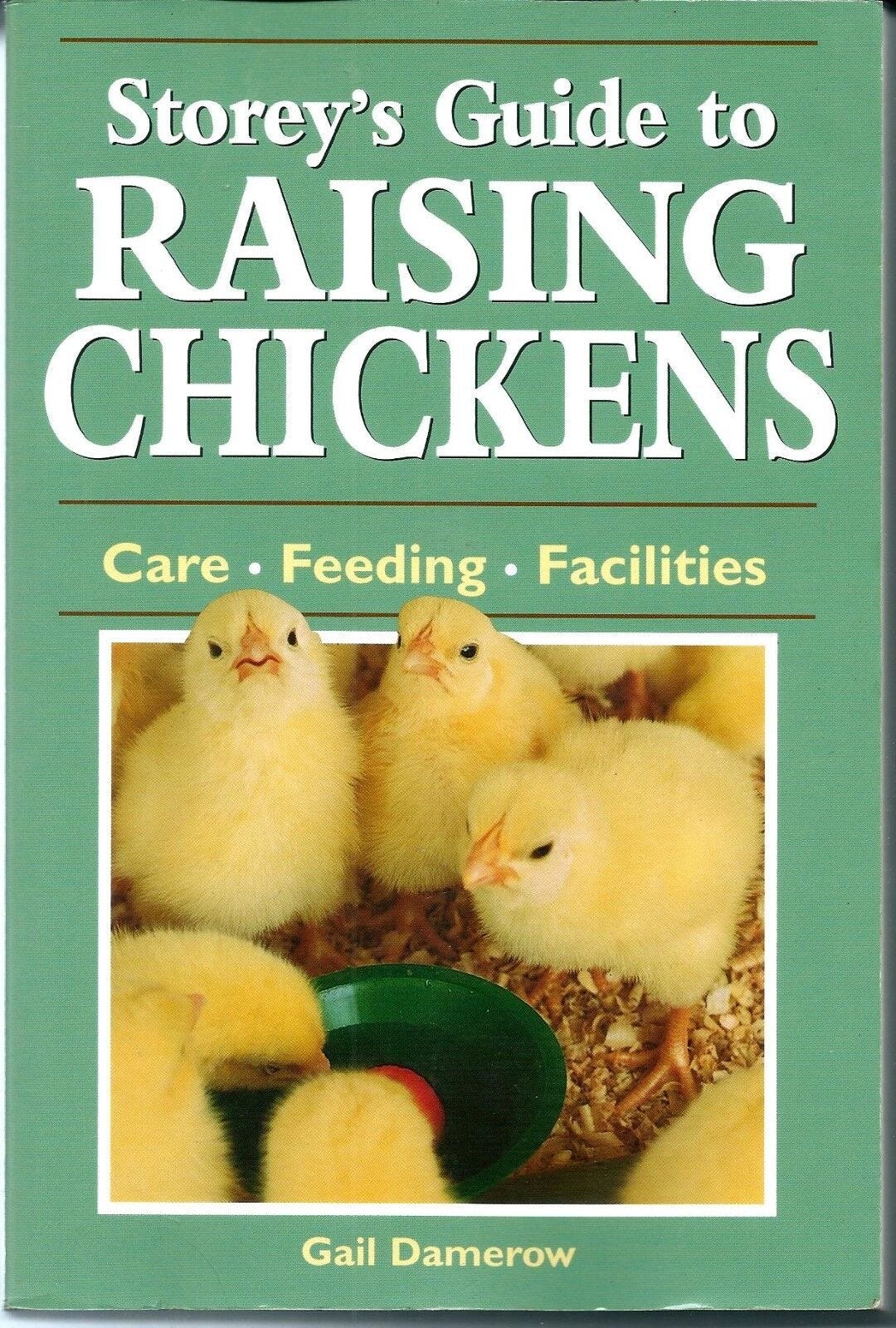
Classic how-to
Storey’s Guide to Raising Chickens
I’m not convinced you need a how-to book to raise chickens; they’re pretty resilient and will eat damned near anything and still lay eggs. But the best reference guide we have is the Storey’s Guide to Raising Chickens by Gail Demerow. Easy to read, full of information, and covers the whole range from hatching to keeping layers to raising meat birds to dealing with problems. — Mike Gunderloy
- The standard catching hook consists of a 30-inch (75cm) length of 8-gauge (4mm) wire bent at one end into a hook and firmly attached at the other end to a wooden rake or broom handle.
- Scratch can be used to trick chickens into stirring up their coop’s bedding to keep it loose and dry.
Toss a handful over the litter once a day (traditionally late in the afternoon when birds are thinking of going to roost) and your chickens will scramble for it. - Depending on the weather and on the bird’s size, each chicken drinks between 1 and 2 cups (237-474 ml) of water each day. Layers drink twice as much as nonlayers. In warm weather, a chicken may drink two to four times more than usual.
Chicks by mail
We’ve been buying baby chicks by U.S. mail from Murray McMurray Hatchery for 30-plus years. We’ll get a call from the postmaster, sometimes a bit flustered, because there’s a box there with peeping chicks awaiting pick-up. We’ll go get them and set them up with a light and feed and water, and lo and behold in three months we’ll have laying hens.
Minimum order is 25, so the chicks can warm each other in transit. We raise all of them and when they are teenaged, give or sell to neighbors. Raising 25 is no sweat.
Why get chickens by mail and not from your local feed store? McMurray has been in business for 90 years and their birds are of excellent stock. Lots of varieties to choose from. We’ve had not only Rhode Island Reds, Partridge Rocks and Auracanas for steady egg production, but exotics such as Cochins and Polish, as well as meat birds. They’ve all been top quality.
Get Murray’s hard copy catalog if you want to start a flock. Wonderful to look through. A few tips:
1. A dozen hens will give you plenty of eggs for you and your neighbors.
2. If you want fertile eggs, plan on ending up with one rooster for every dozen hens.
3. In more urban areas, get 4 or 5 hens, no rooster.
Once you have your own fresh eggs, you’ll never want store eggs again. — Lloyd Kahn
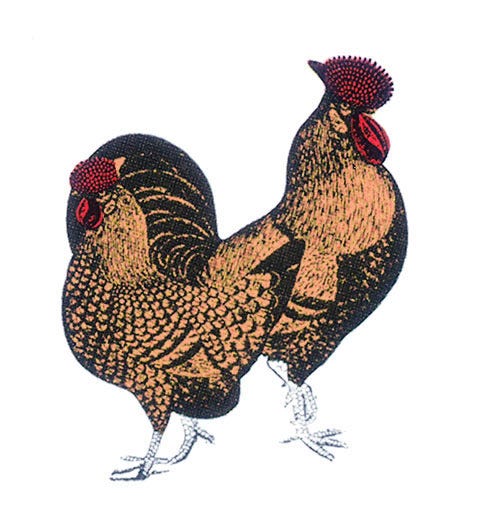
- Red Cap
This Old English Breed with reddish brown feathers tipped with black spangles has a large rose comb covered with prominent points. They are white skinned and lay tinted eggs. Chicks (picture above) are a light reddish tan with black speckles and some stripes.
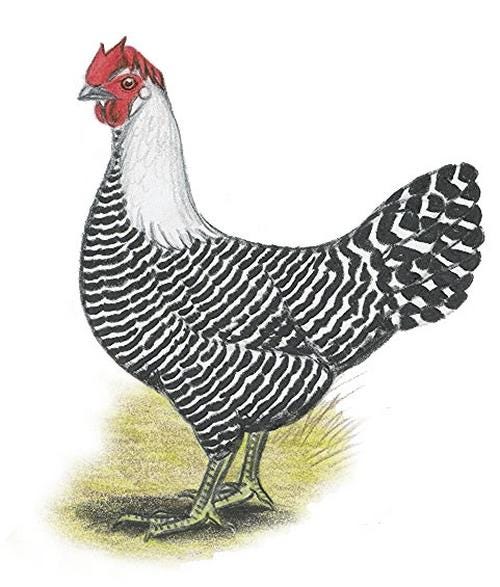
- Egyptian Fayoumis
These small, active, lovely chickens have been raised along the Nile River in Egypt for centuries, and even though quite common there, are practically unknown in this country. We got our start of this very rare breed from one of the state universities whose poultry department was using them for special studies in genetics. No other breed matures quite so quickly as these do and the young pullets are apt to start laying their small tinted white eggs at 4 to 4-1/2 months while the cockerels will start to crow at an unbelievable 5 to 6 weeks. They are attractively marked with silvery white hackle and white bars on black background throughout the body plumage. Leg color can be either willow green or slate blue. Baby chicks are highly colored in brown, black, and white markings on the back and a brownish purple head color.









